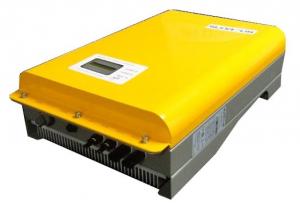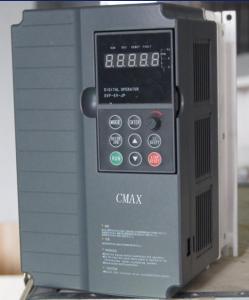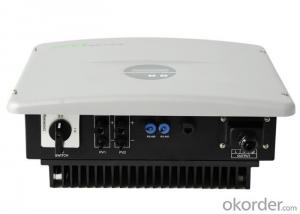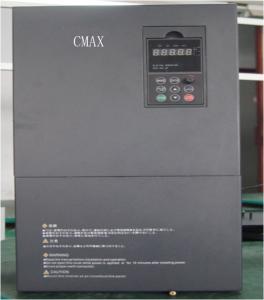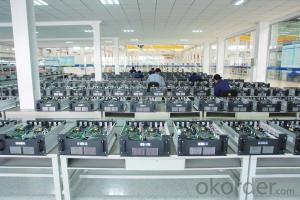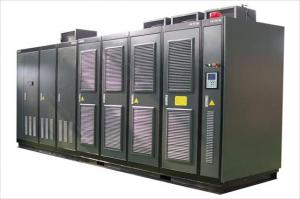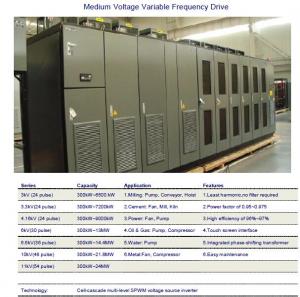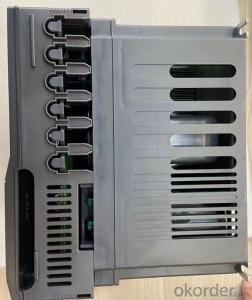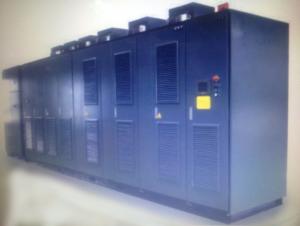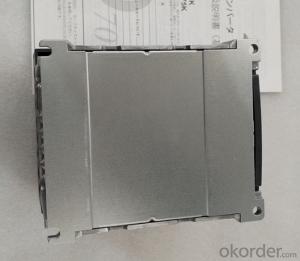Eastman Solar Inverter
Eastman Solar Inverter Related Searches
East Solar Inverter East Power Solar Inverter Eaton Solar Inverter Epever Solar Inverter Inverter Solar Ecostar Solar Inverter Solar Electric Inverter Emerson Solar Inverter Solar Energy Inverter Eltek Solar Inverter Solar Solar Inverter Outback Solar Inverter Easun Solar Inverter Powerland Solar Inverter Easy Solar Inverter Smart Solar Inverter Easy Power Solar Inverter Easun Power Solar Inverter Sunshine Solar Inverter Power Solar Inverter Solar Smart Inverter Smart Inverter Solar Empower Solar Inverter Battery Solar Inverter Inverter Solar System Inverter Solar Battery Powermax Solar Inverter Inverter Battery Solar Inverter Power Solar Solar Battery InverterEastman Solar Inverter Supplier & Manufacturer from China
Eastman Solar Inverter is a range of high-quality solar power conversion devices designed to optimize the performance of solar energy systems. These inverters are engineered to convert the direct current (DC) generated by solar panels into alternating current (AC), which can then be used to power homes, businesses, and other electrical appliances. The Eastman Solar Inverter is known for its efficiency, reliability, and durability, making it a popular choice for various solar energy applications.The Eastman Solar Inverter is widely used in residential, commercial, and industrial settings where solar energy is harnessed to reduce reliance on traditional power sources. These inverters are particularly beneficial in areas with high solar irradiance, where the potential for energy generation is maximized. They are also used in off-grid applications, such as remote homes and communities, to provide a sustainable and independent power supply. Additionally, Eastman Solar Inverters are utilized in grid-tied systems, where excess solar energy can be fed back into the grid, reducing electricity costs and contributing to a cleaner energy mix.
Okorder.com is a reputable wholesale supplier of Eastman Solar Inverters, offering a vast inventory of these products to cater to the needs of various customers. As a trusted distributor, Okorder.com ensures that the inverters are sourced directly from the manufacturer, guaranteeing their authenticity and quality. With a large inventory, Okorder.com is able to provide competitive prices and fast shipping, making it a preferred choice for those looking to purchase Eastman Solar Inverters for their solar energy projects.
Hot Products
